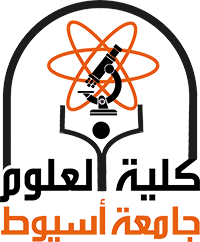Lipid production is an important indicator for evaluating microalgal species for biodiesel production. In this study, a new green microalga was isolated from a salt lake in Egypt and identified as Asteromonas gracilis. The main parameters such as biomass productivity, lipid content, and lipid productivity were evaluated in A. gracilis, cultivated in nutrient-starved (nitrogen, phosphorous), and salinity stress as a one-factor-at-a-time method. These parameters in general did not vary significantly from the standard nutrient growth media when these factors were utilized separately. Hence, response surface methodology (RSM) was assessed to study the combinatorial effect of different concentrations of the abovementioned factors conditions and to maximize the biomass productivity, lipid content and lipid productivity of A. gracilis by determining optimal concentrations. RSM optimized media, including 1.36M NaCl, 1 g/L nitrogen, and 0.0 g/L phosphorus recorded maximum biomass productivity, lipid content and lipid productivity (40.6 mg/L/day, 39.3% and 15.9 mg/L/day, respectively) which agreed well with the predicted values (40.1 mg/L/day, 43.6% and 14.6 mg/L/day, respectively). Fatty acid profile of A. gracilis was composed of C16:0, C16:1, C18:0, C18:3, C18:2, C18:1 and C20:5 and the properties of fuel were also in agreement with international standards. These results suggest that A. gracilis is a promising feedstock for biodiesel production.
Research Abstract
Research Department
Research Journal
Marine Biotechnology
Research Member
Research Publisher
Springer
Research Rank
1
Research Vol
Vol. 19 - No. 3
Research Website
http://www.springer.com/life+sciences/ecology/journal/10126
Research Year
2017
Research Pages
pp. 219 - 231

